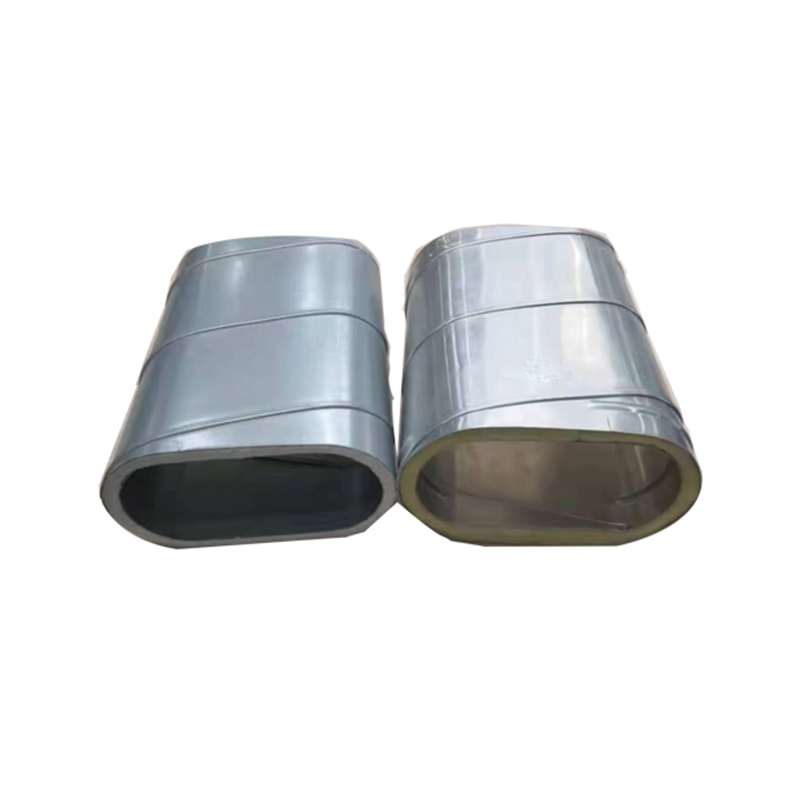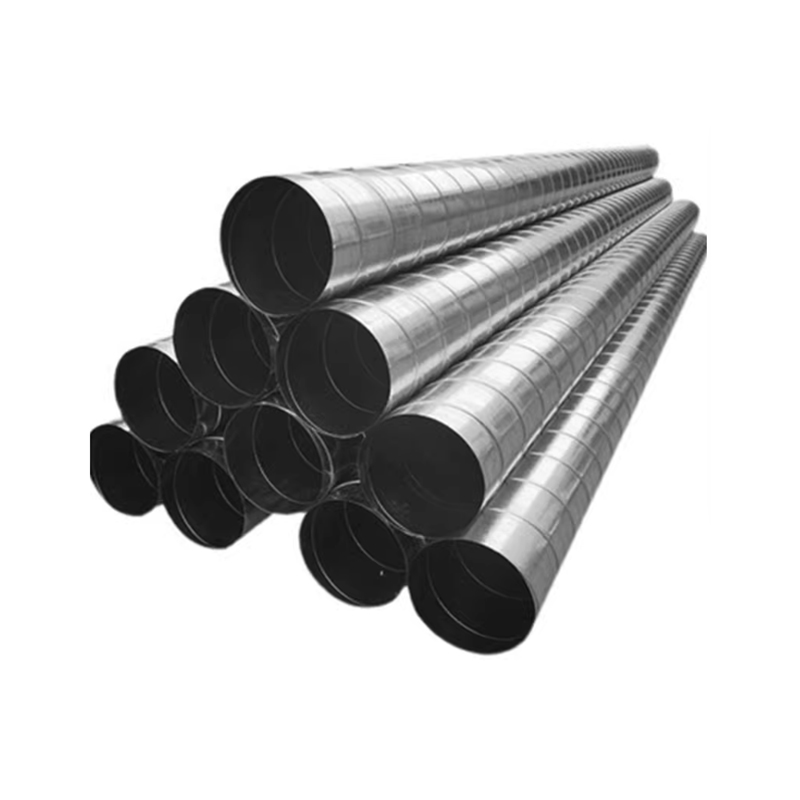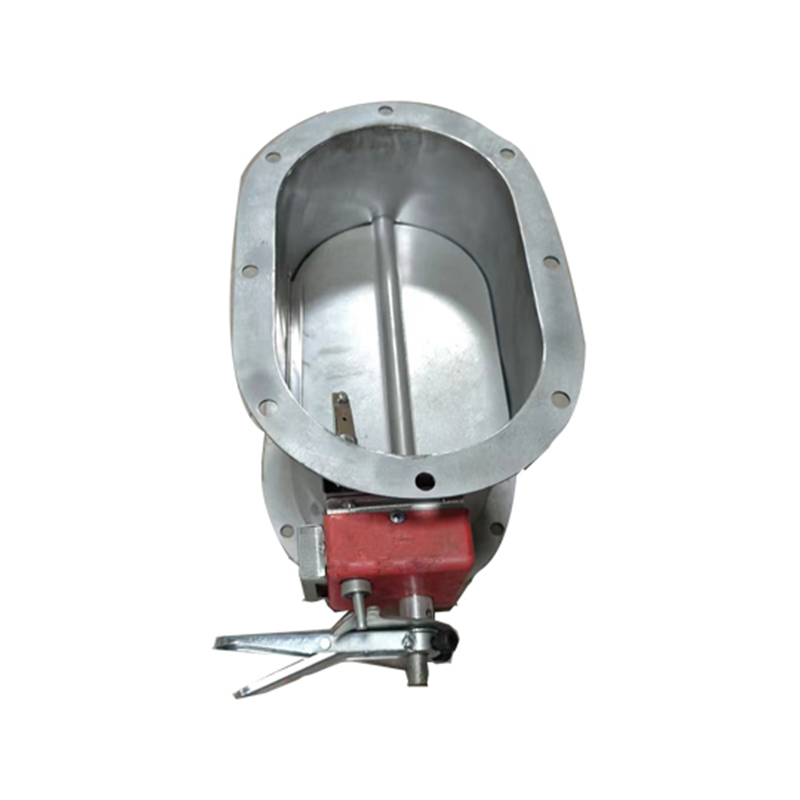How to predict the fatigue life of PVC composite aluminum foil tube under dynamic pressure?
Release Time : 2025-10-22
Predicting the fatigue life of PVC composite aluminum foil tubes requires a systematic analysis combining material properties, dynamic pressure characteristics, and environmental factors. The key lies in understanding the damage evolution mechanism of the composite structure of the PVC substrate and aluminum foil layer under cyclic loading, and how to quantify this process through experimental and theoretical models.
From a material composite structure perspective, PVC composite aluminum foil tubes consist of a PVC resin matrix with an outer or inner aluminum foil layer, forming a "plastic-metal" composite structure. This design leverages the corrosion resistance and flexibility of PVC and the high strength and barrier properties of aluminum foil. Under dynamic pressure, the PVC layer primarily undergoes elastic deformation and some plastic deformation, while the aluminum foil layer, through its metallic properties, suppresses excessive expansion or contraction of the tube. The interfacial bonding strength directly affects stress transfer efficiency. If the bonding is poor, dynamic pressure cycling can cause debonding between the aluminum foil and PVC layers, forming microcrack sources and accelerating fatigue damage.
The impact of dynamic pressure characteristics on fatigue life is reflected in three aspects: pressure amplitude, frequency, and waveform. The pressure amplitude determines the stress level on the pipe wall during each cycle. Higher amplitudes increase the proportion of plastic deformation in the material and accelerate fatigue damage accumulation. Frequency influences the rate of damage accumulation. High-frequency pressure cycling may lead to localized stress concentrations due to thermal effects or material inertia, while low-frequency cycling allows the material more time for creep recovery. Regarding waveforms, the damage pattern of sinusoidal pressure cycling differs from that of square waves or shock waves, the latter of which may cause buckling of the aluminum foil or tearing of the PVC layer due to the transient high pressure.
The fatigue damage mechanism can be summarized into three stages: In the initial stage, dynamic pressure cycling causes molecular chain slip in the PVC layer and lattice distortion in the aluminum foil, resulting in microscopic reversible deformation. In the intermediate stage, long-term stress causes silver streaks or micropores in the PVC layer, slip lines appear in the aluminum foil, and interfacial debonding begins. Finally, microcracks grow to a critical size, triggering leakage or rupture in the pipe. During this process, the ductility of the aluminum foil is crucial to suppressing crack propagation. If the foil is insufficiently thick or has too low an elongation, cracks can easily penetrate the foil, leading to rapid failure.
Experimental prediction methods require designing test plans that simulate actual operating conditions. Accelerated life testing can be employed, shortening the test period by increasing the pressure amplitude or frequency while simultaneously monitoring pipe strain, temperature, and acoustic emission signals. For example, during pressure cycling tests, the rate of change in the pipe's circumference is recorded. Fatigue failure can be determined when the rate of change exceeds 5% of the initial value. Furthermore, microscopic observation techniques such as scanning electron microscopy (SEM) can analyze crack initiation locations and propagation paths, validating hypotheses about damage mechanisms.
Theoretical model construction requires integrating mechanical and statistical methods. Based on Miner's linear cumulative damage theory, a relationship between the number of pressure cycles and the amount of damage can be established, but this requires modification to account for the nonlinear characteristics of dynamic pressure. For the aluminum foil layer, an elastic-plastic constitutive model can be used to describe its cyclic deformation behavior; for the PVC layer, a viscoelastic model is required to account for its time dependence. Finite element analysis can be used to simulate the stress distribution in the pipe under dynamic pressure to optimize the aluminum foil thickness and PVC formulation, thereby extending fatigue life.
The impact of environmental factors on fatigue life cannot be ignored. High temperatures accelerate PVC aging, reducing its elastic modulus and causing greater deformation under the same pressure. Low temperatures can cause PVC embrittlement, reducing its impact resistance. Chemical media such as acidic and alkaline solutions can corrode the aluminum foil layer, weakening its interfacial bonding with the PVC. Therefore, the prediction model must incorporate environmental parameters such as temperature, humidity, and chemical corrosion, and determine their influence weights through multi-factor orthogonal testing.
In practical applications, fatigue life prediction for PVC composite aluminum foil tubes requires a combination of standards and field data. Industry standards for fatigue testing of plastic pressure pipes can be referenced, while field operational data, such as pressure fluctuation records and maintenance history, can be collected to develop a prediction model using machine learning algorithms. This integrated approach of "experimentation, theory, and data" can improve prediction accuracy and provide a scientific basis for pipeline maintenance and replacement.







